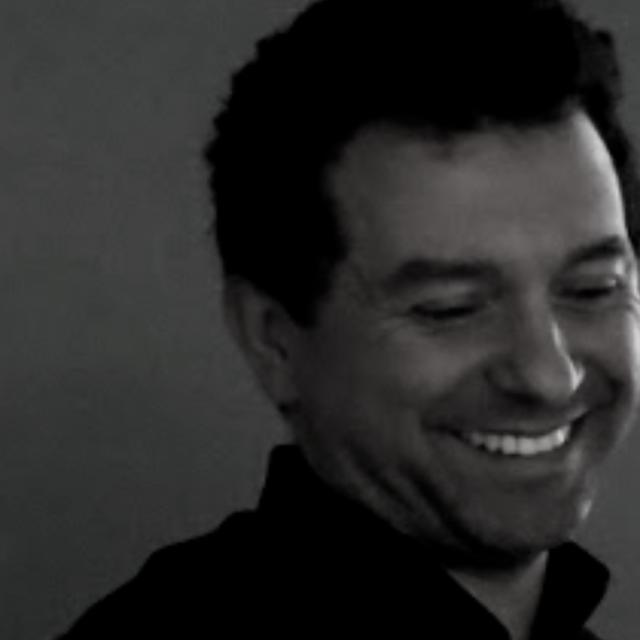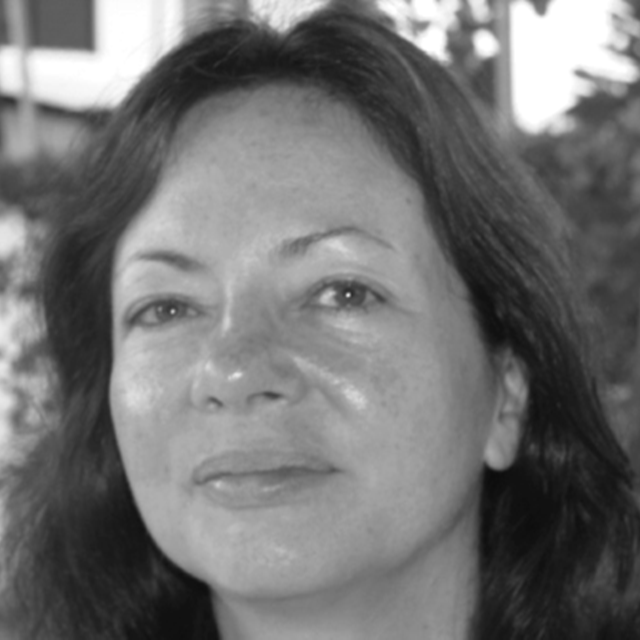Estudos sobre tempo e aspecto
Participants
-
Marcelo Barra Ferreira
Sobre a semântica formal das categorias gramaticais de tempo e aspecto: eventos, intervalos e contextos de fala

Marcelo Barra Ferreira
Marcelo Ferreira é professor associado (livre-docente) do Departamento de Linguística da Universidade de São Paulo e bolsista de produtividade em pesquisa do CNPq. Possui doutorado em linguística pelo Massachusetts Institute of Technology (MIT), com especialização em semântica formal. Sua principal área de atuação é a semântica e suas interfaces com a sintaxe e a pragmática. O foco principal de sua pesquisa tem sido os domínios da temporalidade e da modalidade. É autor dos livros Semântica: uma introdução ao estudo formal do significado, Curso de Semântica Formal e coautor (com Marcos Lopes) do livro Para Conhecer: Linguística Computacional, além de artigos em periódicos especializados como Natural Language Semantics, Journal of Semantics e Journal of Portuguese Linguistics.
-
Roberlei Bertucci
A semântica das locuções verbais em redações do Enem

Roberlei Bertucci
Roberlei Bertucci é Doutor em Letras pela USP; professor dos cursos de graduação em Letras e mestrado em Estudos de Linguagens da Universidade Federal Tecnológica (UTFPR), de Curitiba. Atualmente, tem pesquisado sobre questões de interface entre tecnologia, linguagem e ensino.
Mediator
-
Ana Paula Quadros Gomes

Ana Paula Quadros Gomes
Professora da Faculdade de Letras da Universidade Federal do Rio de Janeiro (LEV/FL/UFRJ). Membro do corpo docente da Pós-graduação em Linguística (UFRJ). Membro do corpo docente da Pós-graduação em Letras Vernáculas (UFRJ). Membro do corpo docente do Mestrado Profissional em Linguística e Línguas Indígenas – PROFLLIND (Museu Nacional/UFRJ). Com pós-doutorado em Letras na Universidade Federal do Paraná (UFPR), (2016-2017). Com pós-doutorado no Departamento de Letras Clássicas e Vernáculas da Universidade de São Paulo (USP), com bolsa Fapesp (2009-2010). Doutorado e mestrado em Linguística pela USP, como bolsista do CNPq e da Fapesp. Bolsa-Sanduíche (com bolsa CAPES) na Universidade de Massachusetts. Graduada em Linguística (USP), com bolsa de Iniciação Científica do CNPq . Pesquisadora em Linguística, especialmente em Semântica das Línguas Indígenas, e principalmente em Língua Portuguesa, com ênfase na Interface Sintaxe-Semântica. Temas principais: quantificadores, ?todo?, adjetivos, modificadores de grau, tema incremental, telicidade, denotação verbal, universais semânticos, quantificação universal, distributividade, predicação e semântica de graus. Interessada em trabalhos de combate ao Preconceito Linguístico e em preparação de material didático.
Abstract →
Estudos sobre tempo e aspecto
Essa mesa redonda tem como objetivo debater as mais recentes pesquisas sobre as categorias de tempo e aspecto do português na perspectiva da Semântica Formal.
